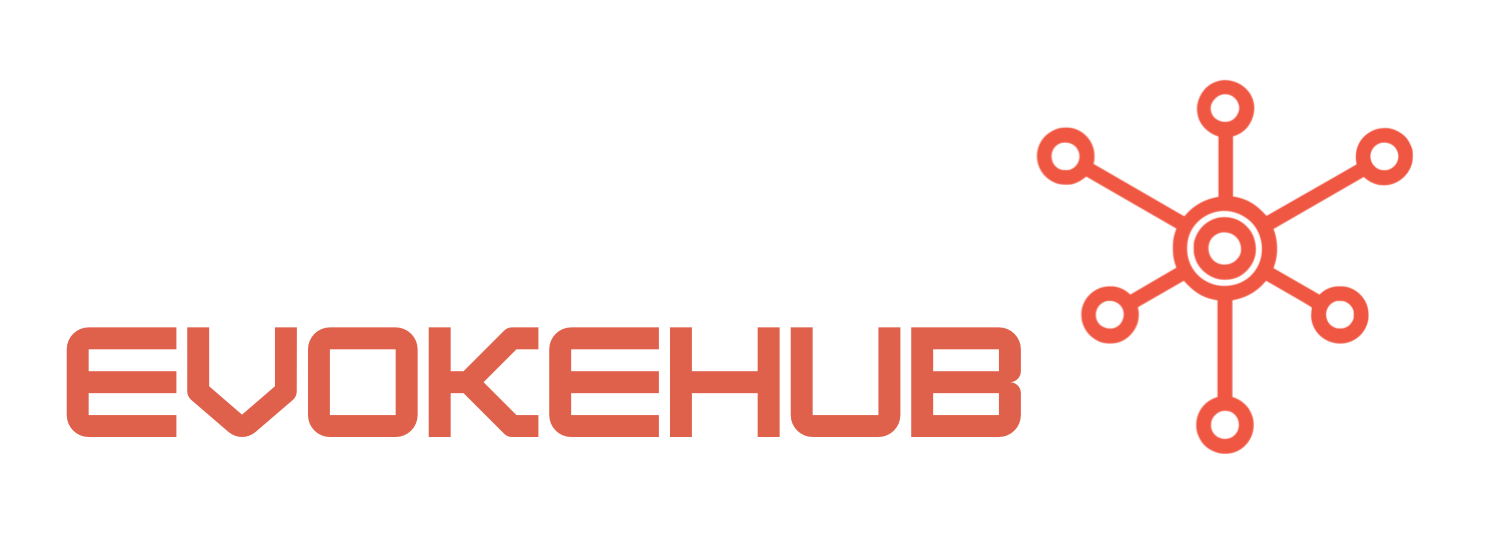Key Differences Between Orleans and Traditional Microservices
One of the primary differences between Orleans and traditional microservice frameworks lies in their architectural approach. Traditional microservices are typically built around RESTful APIs or messaging protocols, where each service has a well-defined interface and communicates over the network. In contrast, Orleans adopts an actor model, where virtual actors represent stateful entities that can communicate with one another asynchronously. This model simplifies the coordination of complex interactions and allows for more natural handling of state.
Another significant contrast is the way state is managed. Traditional microservices often rely on external databases or caches to maintain state, which can lead to challenges in consistency and latency. Orleans, however, provides built-in support for state management, automatically persisting actor state and handling failures gracefully. This enables developers to focus more on business logic rather than the intricacies of state management, reducing the burden of implementing distributed data models.
Scalability is also approached differently in Orleans compared to traditional frameworks. In conventional microservices, scaling often involves creating multiple instances of a service and load balancing requests among them. Orleans abstracts this complexity through its virtual actor system, which automatically distributes actors across available resources. This allows Orleans applications to scale seamlessly, without the need for manual intervention in resource allocation or load balancing.
Advantages of Using Orleans for Microservice Architecture
One of the most significant advantages of using Orleans in microservice architecture is its simplified programming model. By leveraging the actor model, developers can write code that is more intuitive and easier to reason about. With Orleans handling the complexities of concurrency, developers can focus on business logic and application functionality. This results in faster development cycles and reduced time-to-market for new features, aligning well with the agile methodologies prevalent in software development today.
Another compelling benefit of Orleans is its resilience and fault tolerance. The framework is designed to handle failures gracefully, automatically reactivating actors when necessary and ensuring that state is preserved. This resilience is crucial for modern applications that require high availability and robustness against unexpected failures. In scenarios where traditional microservices may require intricate fallback mechanisms or health checks, Orleans simplifies these concerns, allowing for a more resilient overall architecture.
Finally, Orleans excels in scenarios requiring real-time processing and high throughput. Its asynchronous messaging model and efficient state management enable applications to handle large volumes of requests with minimal latency. This makes Orleans particularly suitable for use cases such as gaming, IoT, and real-time analytics, where responsiveness and resource management are critical. By choosing Orleans, organizations can build solutions that meet the demands of modern applications while ensuring optimal performance and scalability.
In conclusion, while traditional microservice frameworks have their merits, Microsoft Orleans presents a compelling alternative for building distributed applications. By leveraging the actor model, Orleans simplifies state management, enhances resilience, and promotes a more intuitive programming experience. As organizations continue to embrace microservices for their architectural benefits, adopting Orleans can provide unique advantages that align well with the needs of contemporary software development. For further reading, consider exploring the official Orleans documentation and comparing it to traditional frameworks like Spring Boot or Node.js microservices.




